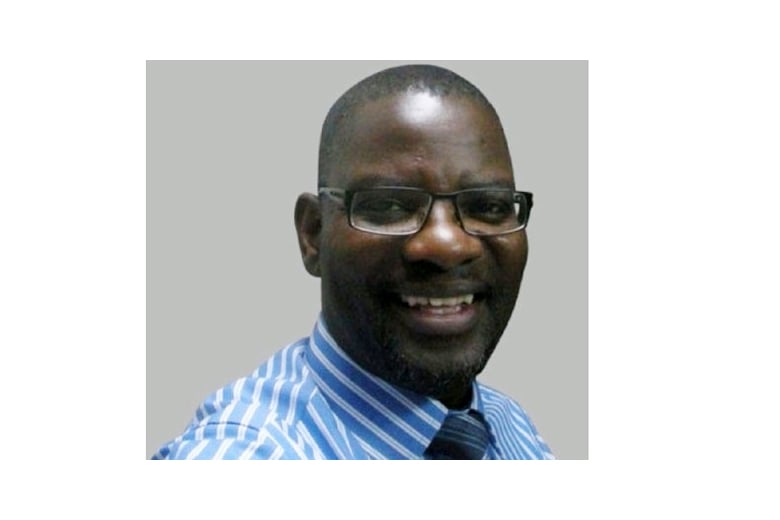Prime
Read, think about it and then keep silent, as Ugandans say

Mr Musaazi Namiti
What you need to know:
- Think about this: Can Robinah recognise Dr Kiyingi and say: “Here comes my estranged husband. He went to prison over my murder in 2005 but was acquitted for lack of incriminating evidence.” And did/does Atwine see or speak to Robinah?
One Sunday evening, on July 10, 2005, a prominent Kampala lawyer was gunned down near the gate of her home in Buziga, a city suburb, as she returned from church.
Ugandans read details of Robinah Kiyingi’s murder in the papers because there was no social media, no smartphones, at the time.
Mark Zuckerberg had launched Facebook in 2004, but people who were using it were mainly Americans — and almost no one in Uganda knew the social networking site existed.
Robinah’s children lived overseas, and days after the murder, they and her estranged husband Aggrey Kiyingi, a cardiologist who was living in Australia and passed away this past September, flew in to attend her funeral.
As police arrested suspects and pressed ahead with investigations into the murder, it emerged that Dr Kiyingi was a suspect. He and a man named John Atwine, an army private who (allegedly) pulled the trigger, were hauled off to Luzira Maximum Security Prison and remanded.
But in a cruel twist of fate, Atwine died under mysterious circumstances. The Commissioner General of Prisons, Dr Johnson Byabashaija, said Atwine, who had served in the UPDF, was either poisoned or committed suicide.
“l have been told that he was vomiting heavily and was complaining of stomach pain…We suspect that he was poisoned,” Dr Byabashaija said.
Dr Kiyingi, whose alleged involvement in the murder was widely reported by Australia’s media (though his death got almost no mention), was acquitted in 2006 and went on to remarry.
There is something interesting about Dr Kiyingi’s story, the death of his wife and the suspect who allegedly bumped off his wife, which I would like to look into in greater detail and which you should give a lot of serious thought.
If you are a believer — and many people in Uganda and countless other places are believers — you believe in life after death, heaven/hell and suchlike. This means that Dr Kiyingi, Robinah and Atwine are now in one place, the same place where billions of other souls are already living.
Think about this: Can Robinah recognise Dr Kiyingi and say: “Here comes my estranged husband. He went to prison over my murder in 2005 but was acquitted for lack of incriminating evidence.” And did/does Atwine see or speak to Robinah?
Robinah was in her early 50s when she was murdered. Is she still in her 50s or has she added the exact number of years she would have added if she still lived?
Does she look the same as she died or has she aged? If she is in a form of a soul, how do you see her, how do you touch her, how do you recognise her?
If Atwine is in hell for murdering Robinah, how does Robinah get to know? Who tells Robinah that the person who murdered her is in hell? And if the decision to take life is the work of God, as all religious people believe, how can Atwine and all other killers be held responsible for murder?
Before his death, Dr Kiyingi had been accused by the Ugandan State of killing prominent Ugandan Muslims. Are those Muslims aware that he is where they are and that he died in September 2023?
Are those Muslims in the same place as Idi Amin or Hamas fighters killed by Israel. Are they in the same place as Israelis/Jews murdered by Hamas?
The heaven story sounds utterly ridiculous. But since we live and let live, all we need to do is to read, think about it and stay silent, as Ugandans say.
Mr Musaazi Namiti is a journalist and former
Al Jazeera digital editor in charge of the Africa desk
[email protected] @kazbuk



